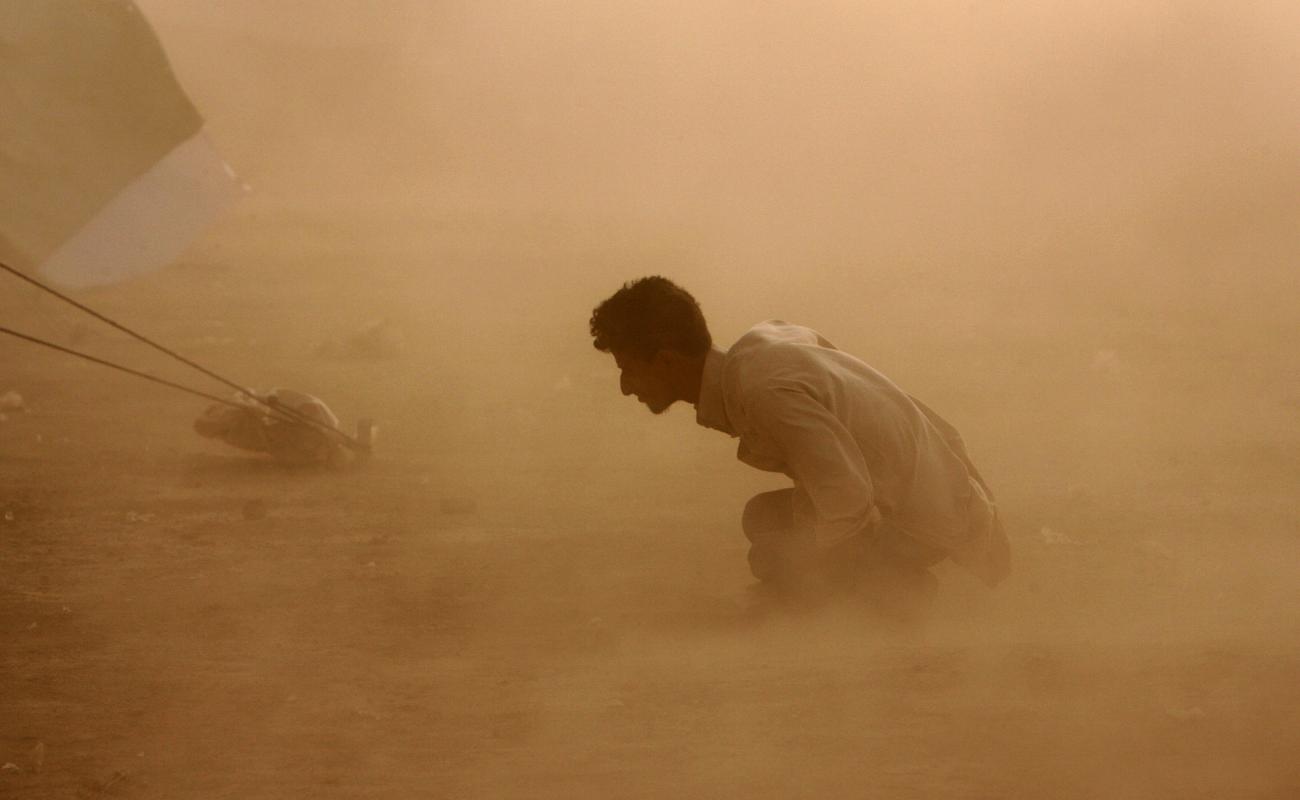Iranian and Iraqi officials reached an agreement on Sunday to establish a joint research center to help combat dust and sand storms.
Speaking to reporters on the sidelines of an environment conference in Baghdad on Sunday, Majid Shafipour, the head of the Center for International and Conventions Affairs at the Department of Environment, said the center will be a research and training facility aimed at reducing dust storm hotspots in Iraq, ISNA reported.
He added that the two sides will exchange proposals on the establishment of the center in Karbala within the next two months.
This is not the first time that Tehran and Baghdad have agreed on tackling dust storms that besiege large portions of the Middle East, including Iraq and western Iran. However, Iraq has failed to deliver on its end of the deals due to its struggle with the self-styled Islamic State terrorist group, also known as Daesh.
Nevertheless, Karbala, home to the shrine of Imam Hussein (PBUH), the third Shia imam, has been left relatively unscathed by terrorists, making it an ideal place to set up the center.
Daesh is losing ground rapidly in Iraq, opening up previously inaccessible areas, which will allow experts to study dust storm hotspots closely.
"We told [Iraqi officials] that they have to start implementing plans to reduce dust and sand storm hotspots," said Mohammad Mojabi, deputy for legal and parliamentary affairs at DOE. "They said they're working on a long-term plan to plant trees around hotspots."
Major domestic sources of dust storms lie in Khuzestan Province in the southwest and Sistan-Baluchestan Province in the southeast. While at times their contribution to dust and storms in Iran is far greater than the hotspots found beyond the country's borders, experts agree that foreign sources play a more prominent role in Iran's predicament.
Sources in Saudi Arabia, Syria and particularly Iraq contribute to a greater share of particulates found in the storms that frequently hit western Iran.
In addition to Iraq's problems with Daesh, the water policies of regional countries—particularly Turkey—have compounded Iran’s struggle with dust and sandstorms, as Ankara's excessive dam construction dating back to the 1970s has choked off water flow to both Syria and Iraq.
The government in Tehran has earmarked $100 million to combat dust storms in the current fiscal year, which began on March 21.
While the budget of $100 million is about a quarter of what experts say is needed to effectively tackle dust storms arising in Iran, what worries environmentalists is that the administration of President Hassan Rouhani might not be able to come up with the money.
Environmental projects rarely receive all the budget they are promised. Even publicized restoration programs such as that of Urmia Lake in the northwest do not get the funding they need.
Nevertheless, Mohammad Baqer Nobakht, the head of Management and Planning Organization, promised last month that “the government will supply the budget to the last dime”.


